Tanabata: A Starry Celebration of Love and Wishes
Tanabata, Japan's mesmerizing Star Festival, celebrates the legendary love story of Orihime and Hikoboshi. Each July, cities across Japan come alive with vibrant decorations, wish-filled tanzaku, and festive events that captivate the hearts of all who participate.
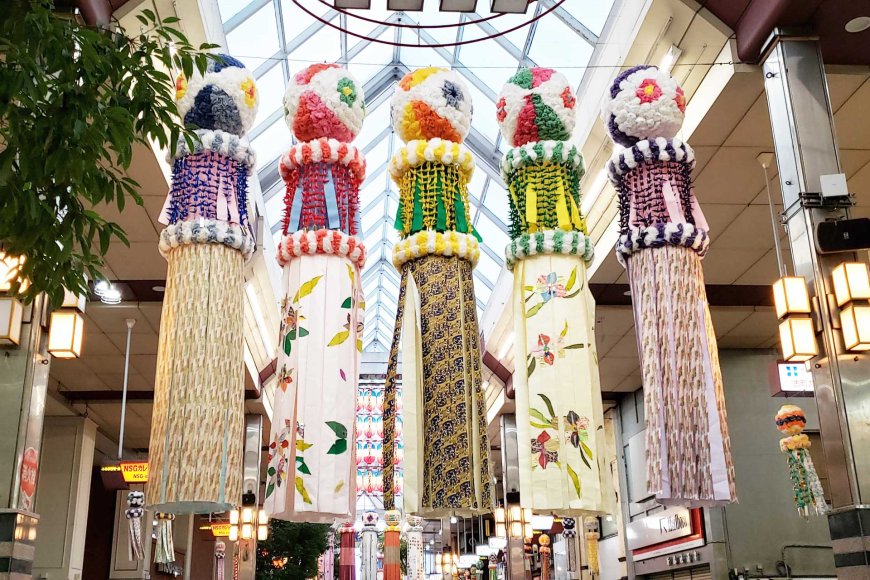
The Magic and Traditions of Japan's Enchanting Star Festival
Tanabata, also known as the Star Festival, is one of Japan's most enchanting and culturally rich festivals. Celebrated annually on July 7th, this festival has its roots in Chinese folklore and has evolved into a vibrant and colorful celebration that captures the hearts of people across Japan. From the legend of star-crossed lovers to the vibrant decorations that adorn cities and towns, Tanabata is a festival that beautifully blends myth, tradition, and community spirit.

The Legend of Orihime and Hikoboshi
At the heart of Tanabata is the touching legend of Orihime and Hikoboshi. Orihime, the weaving princess, was the daughter of Tentei, the Sky King. She was a skilled weaver, creating beautiful cloths by the Amanogawa River (the Milky Way). However, Orihime was lonely, and her father introduced her to Hikoboshi, a cowherd who lived across the river. The two fell deeply in love, but their devotion to each other led them to neglect their duties. Tentei, angered by their irresponsibility, separated them by the Amanogawa River, allowing them to meet only once a year on the seventh day of the seventh month. If the weather is clear, the magpies form a bridge with their wings for the lovers to reunite.

Tanabata Traditions and Customs
Tanabata is celebrated with a variety of unique and vibrant customs. One of the most recognizable traditions is the writing of wishes on colorful strips of paper called tanzaku. These tanzaku are then hung on bamboo branches, often along with other decorations such as paper cranes, streamers, and ornaments representing the stars and Milky Way. People write their hopes, dreams, and prayers for love, success, and happiness on these tanzaku, which flutter in the breeze, creating a magical and hopeful atmosphere.
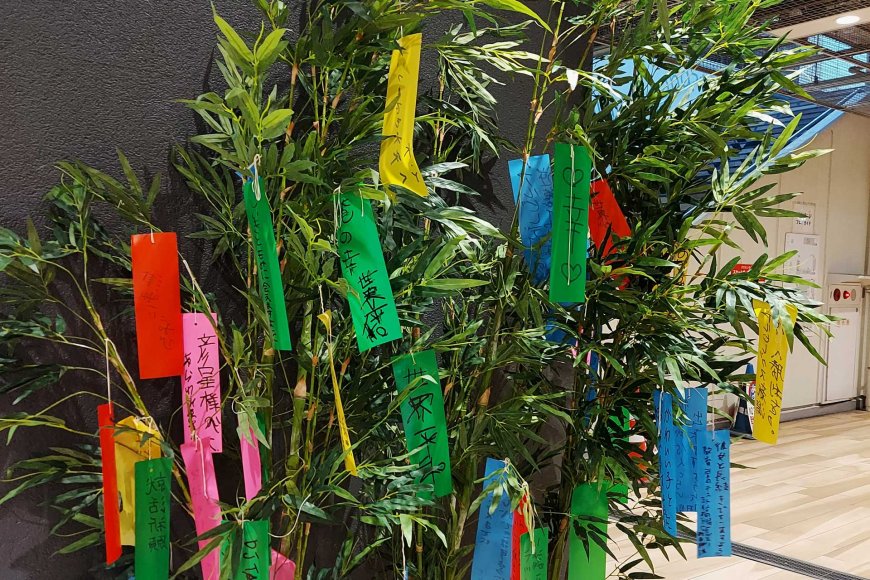
Festive Decorations and Events
Cities and towns across Japan are adorned with elaborate Tanabata decorations, transforming the streets into a spectacle of color and light. The most famous Tanabata festival is held in Sendai, where massive, intricate streamers made of washi paper are displayed, each representing a different wish or blessing. Parades, music, and dance performances add to the festive ambiance, drawing thousands of visitors every year. In Tokyo, the Asagaya Tanabata Festival is known for its vibrant shopping street decorations and community events.
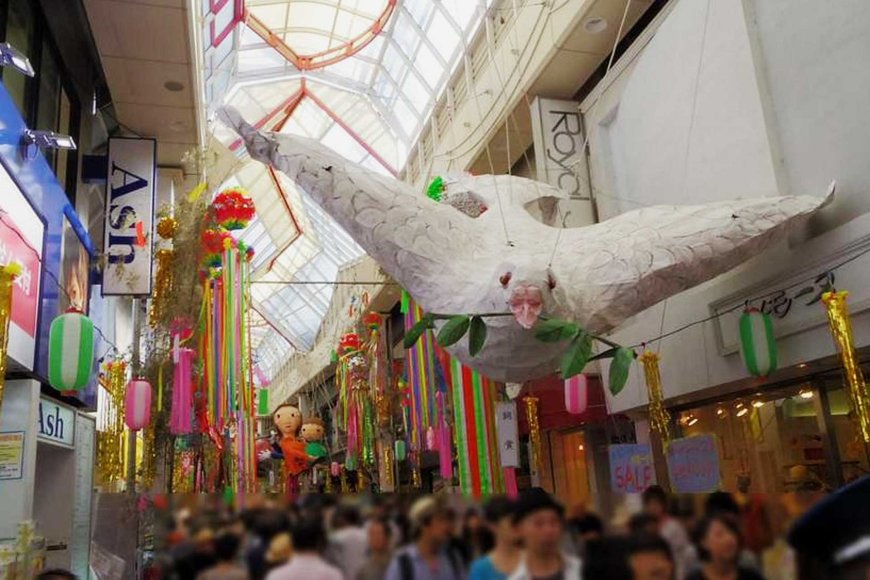
Regional Variations
While Tanabata is celebrated nationwide, regional variations add unique flavors to the festival. In Hiratsuka, Kanagawa Prefecture, the Tanabata Festival is renowned for its grand scale and spectacular decorations, attracting over a million visitors. In Ichinomiya, Aichi Prefecture, the festival includes traditional floats and lively processions. Each region infuses its own local culture and traditions into the celebration, making Tanabata a diverse and multifaceted festival.
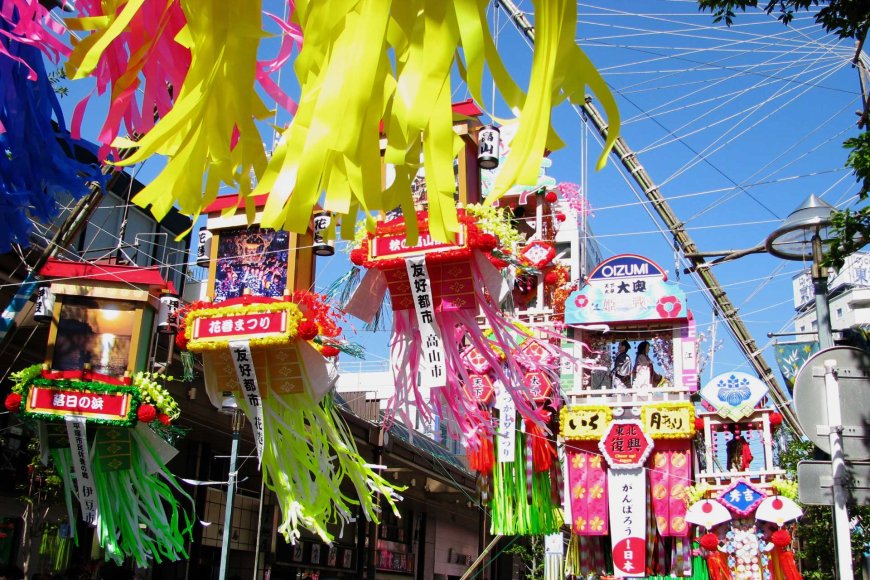
Tanabata and Modern Culture
Tanabata continues to evolve, blending traditional customs with modern influences. In recent years, the festival has been embraced by popular culture, with anime, manga, and films featuring Tanabata themes. Many schools and businesses hold Tanabata events, encouraging participation and fostering a sense of community. Additionally, Tanabata has inspired various art forms, from literature and poetry to music and theater, showcasing its enduring relevance in contemporary society.
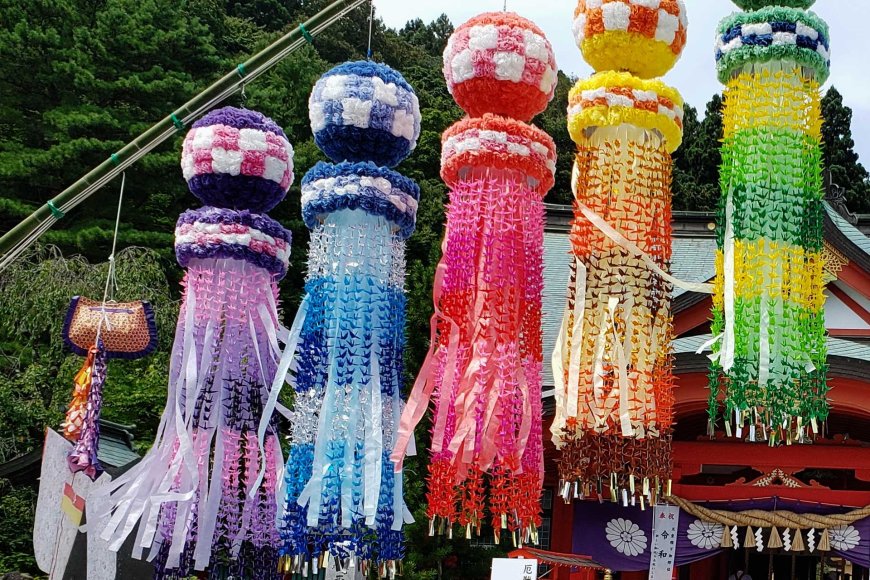
The Symbolism of Bamboo and Paper
Bamboo and paper play significant symbolic roles in Tanabata. Bamboo, known for its resilience and flexibility, represents strength and growth. The tall, slender stalks of bamboo reach towards the sky, symbolizing aspirations and dreams. The colorful paper decorations, on the other hand, symbolize the stars and the connection between the earthly and celestial realms. The act of writing wishes on tanzaku and hanging them on bamboo branches is a symbolic gesture of sending one's hopes and dreams to the heavens.
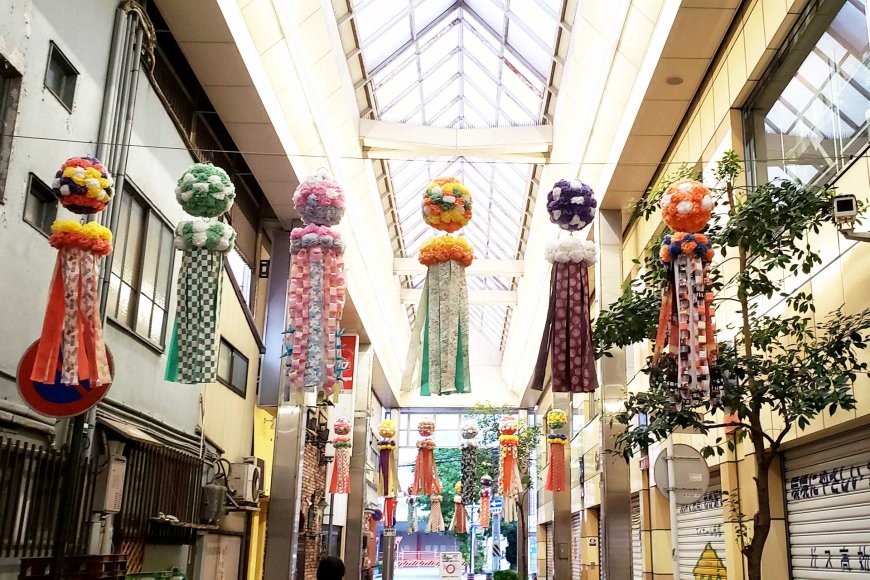
A Timeless Celebration of Love, Hope, and Community
Tanabata is more than just a festival; it is a celebration of love, hope, and the human spirit. Rooted in ancient legend and rich with cultural traditions, Tanabata brings communities together, allowing people to express their dreams and connect with their heritage. Whether it's the sight of colorful tanzaku fluttering in the breeze, the sound of joyful music and laughter, or the heartwarming story of Orihime and Hikoboshi, Tanabata continues to enchant and inspire, making it a beloved and enduring part of Japanese culture.
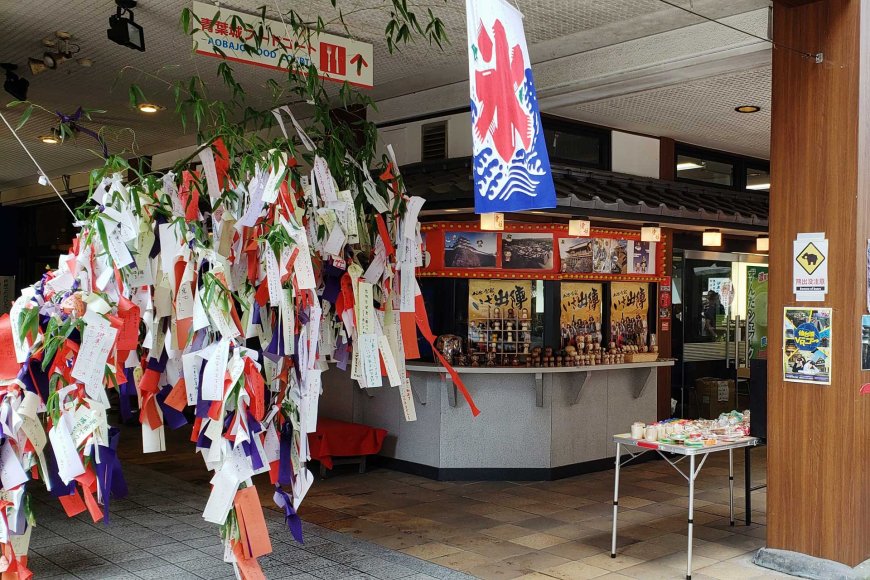
Find Cheap Flight Tickets to any Destinations in Japan and the Philippines
Nipino.com is committed to providing you with accurate and genuine content. Let us know your opinion by clicking HERE.































































